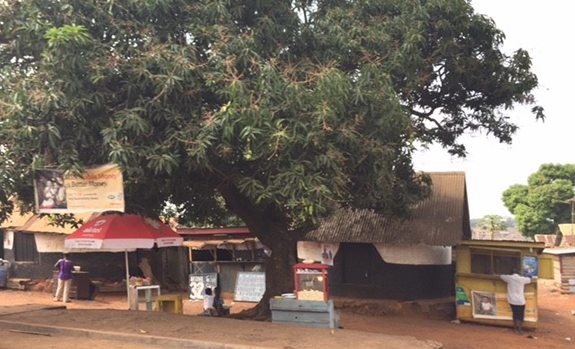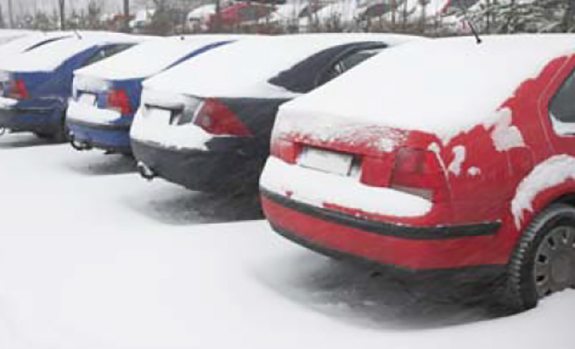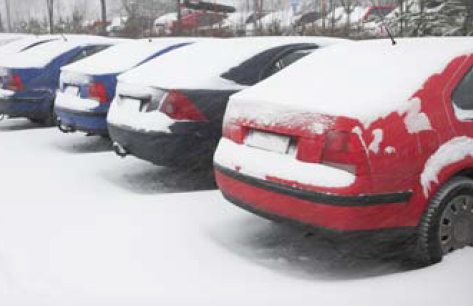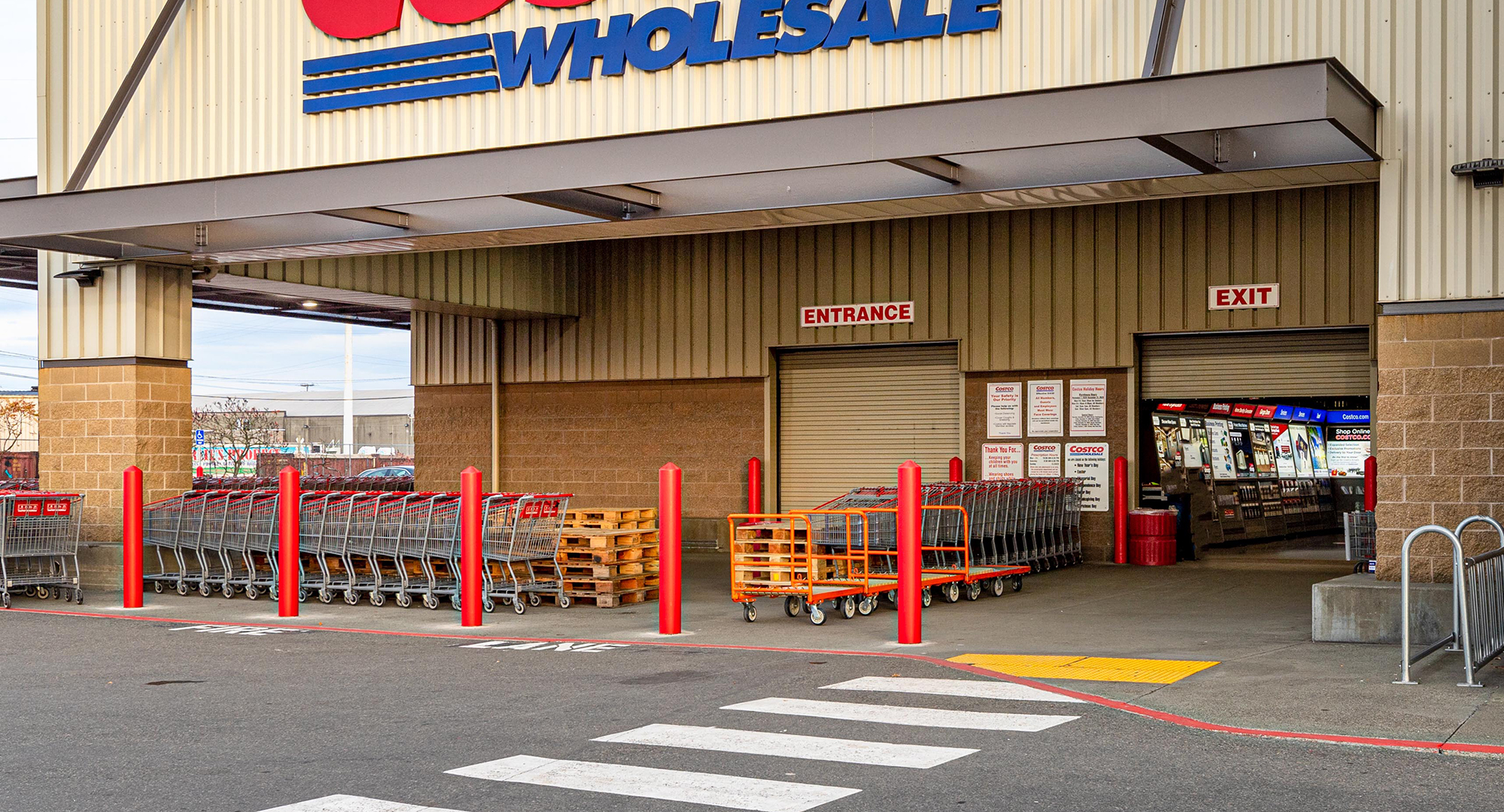

3 Remedies to Help Your Parking Lots Survive ‘Old Man Winter’

Emergency Repairs:
The following emergency repairs can be performed on your parking lot this winter to maintain safe conditions until long-term solutions can be completed in spring.
Patching
If your parking lots are located in an extreme winter climate where harsh weather conditions prevail, cold patch treatment can be completed as a temporary repair. Cold Patch is a pliable material that can be placed loosely in a pothole, regardless of ambient temperature, and then compacted by vibratory plates. Before application, the area must be clean from debris and there should be no water in or around the area. Once applied, cold patch material has enough density to remain in the pothole, but it is not recommended as a long-term solution because it does not address the root problem. However, Let’s Pave can help! Call on us and we’ll travel to your sites and inspect all areas that have been patched over winter. We can then uncover the true source of the pavement defect in order to determine the right maintenance plan moving forward.
Infrared Asphalt Repair
Transitional areas, uneven surfaces surrounding catch basins, or even rough areas in drive lanes can be repaired in the winter using infrared asphalt technology. Using special infrared restoration equipment, damaged asphalt is heated to make it workable, existing asphalt is raked, and failed aggregate is removed (in some cases, new asphalt is added). The area is sprayed with a rejuvenator to replenish lost oils and compacted to finish. This option helps prevent defects from spreading or worsening throughout the long winter months. Infrared repair is considered a thin surface patch. When warmer weather arrives, the area should be further inspected to determine if removal and replacement is necessary.
Critical areas that may benefit:
- locations where asphalt meets concrete (these areas are prime trip hazards)
- potholes, especially in high-traffic areas
- areas around catch basins (pavement can heave and become uneven due to temperature fluctuations)
- bumpy or rough surfaces in drive lanes or parking stalls
- damaged ADA ramps
Proactive Planning
Wintertime Budgeting
Perhaps the most crucial step you can take this winter is to prepare your pavement maintenance budget far in advance! And, the long winter months are the perfect time to do just that. Let’s Pave assessment specialists are ready to walk your parking lots and perform an extensive inspection. We will take note of common problem areas include pavement cracking, heaving, or rutting; potholes; faded line striping or other markings; and oxidized pavement. Following the assessment, we can help you prioritize repairs so that your budget dollars are spent at the right time and in the most effective manner.



